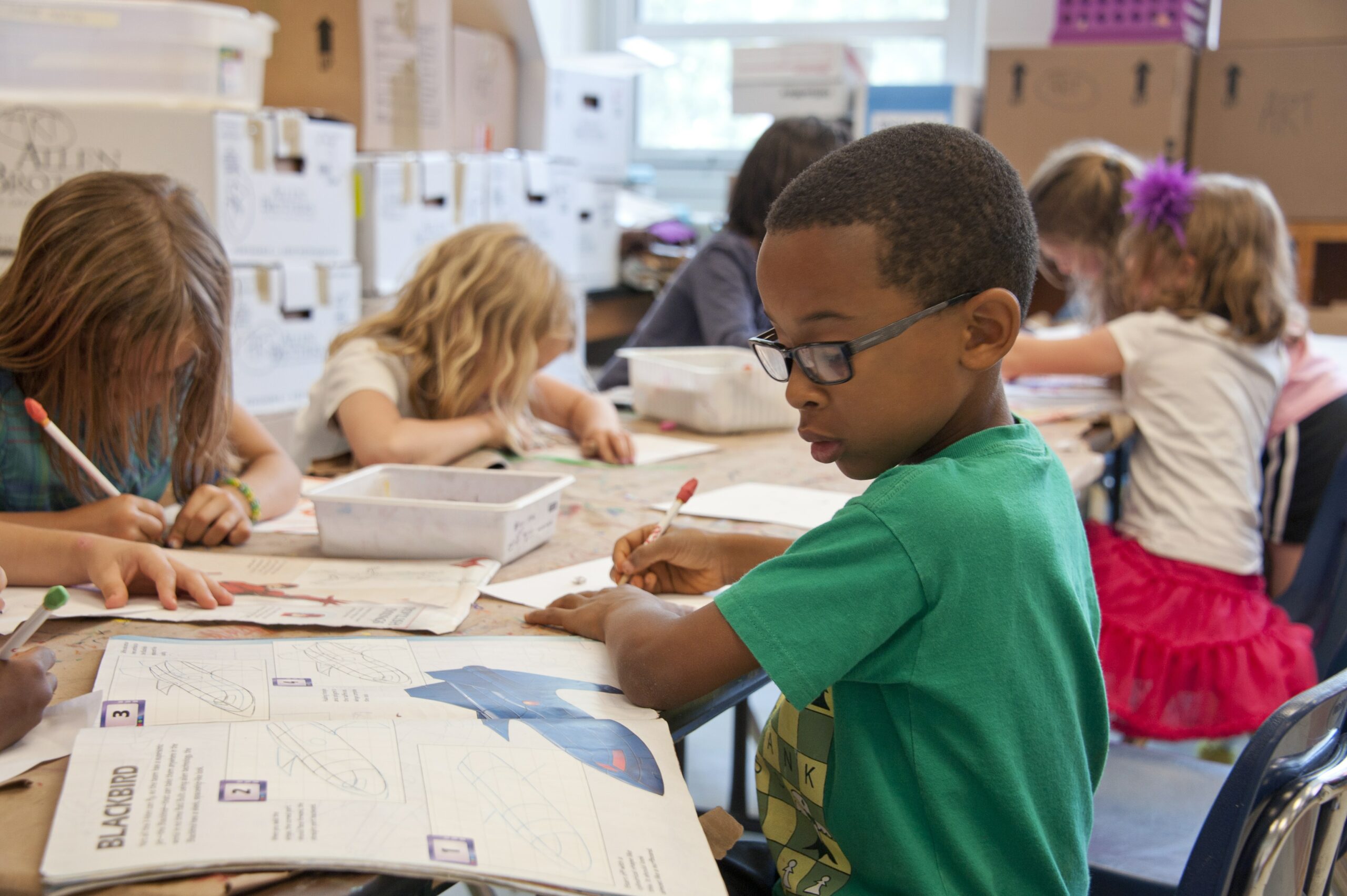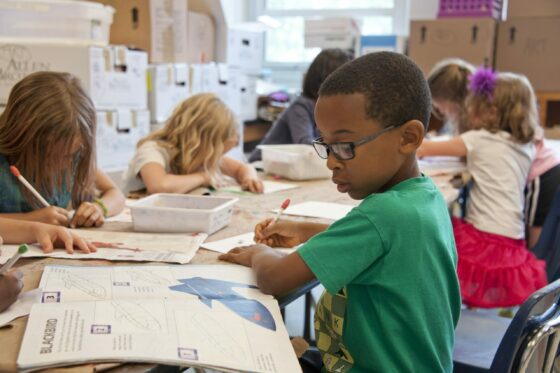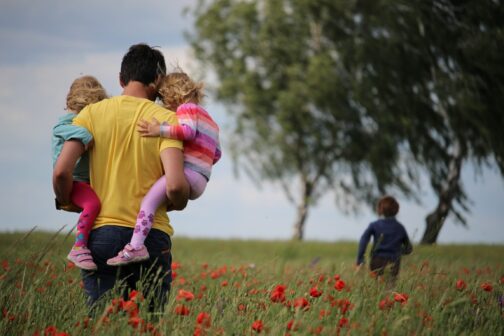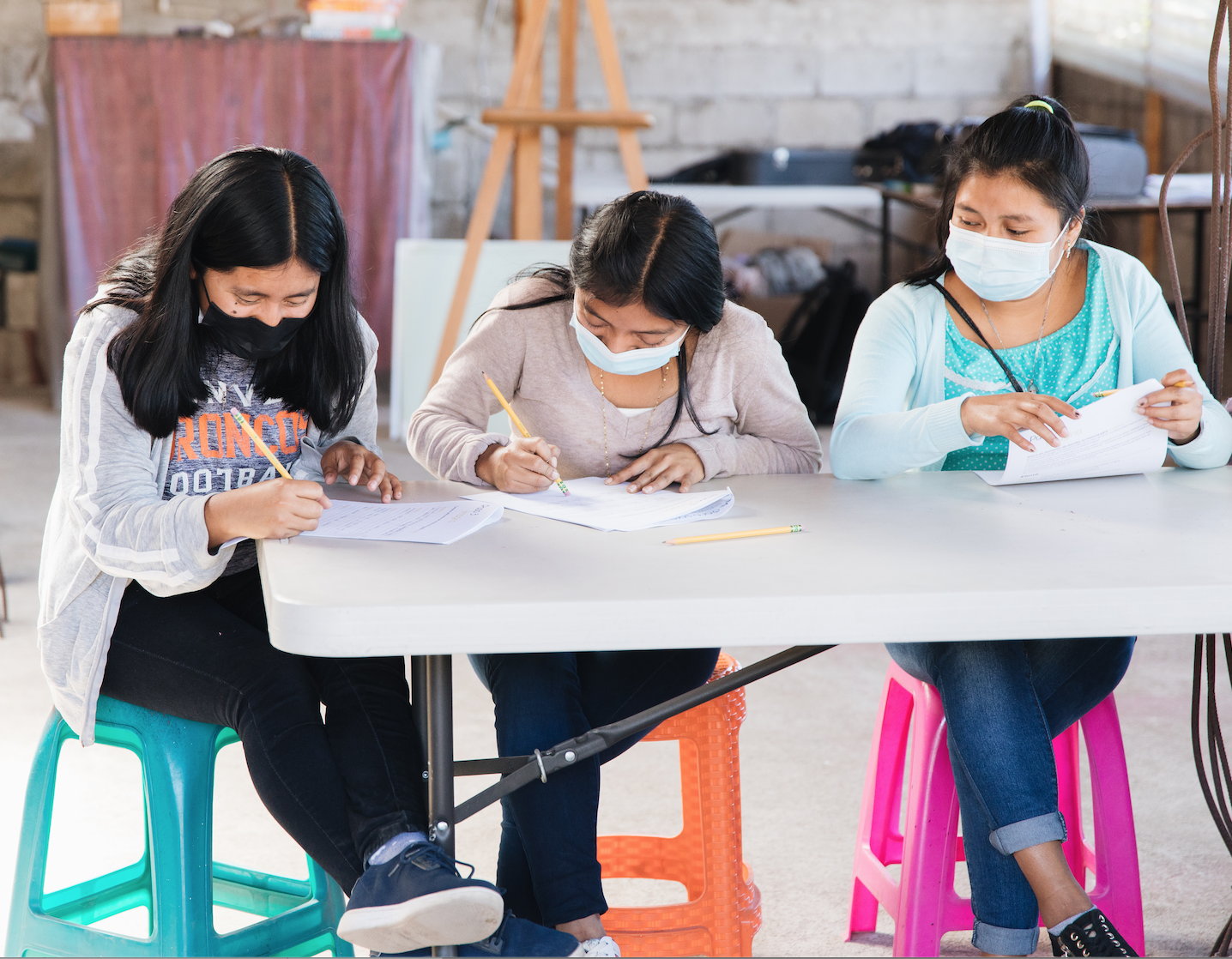 Kids are back in school again and most educators are acutely aware of the potential social emotional needs of students. The past few years have been very challenging for many teachers. Anxiety, social insecurities, inability to focus, distractions coming from many angles were worse than prepandenmic times. How can teachers give students the opportunity to stay present, grounded, feel accepted, and focus on learning? One simple and free way is by using The Imagine Project.
Kids are back in school again and most educators are acutely aware of the potential social emotional needs of students. The past few years have been very challenging for many teachers. Anxiety, social insecurities, inability to focus, distractions coming from many angles were worse than prepandenmic times. How can teachers give students the opportunity to stay present, grounded, feel accepted, and focus on learning? One simple and free way is by using The Imagine Project.
Emotional support through writing
The Imagine Project is a writing tool that gives kids an opportunity to talk about issues that are bothering them; a difficult life event or a stressful situations they’ve experienced recently or in the past. This is done by having students K-12 write their story using Imagine to begin every sentence. They follow a 7-step simple writing process that’s in a journal format. The journals can be downloaded (for free) at www.theimagineproject.org. The beautiful part of this writing process is in Step 4 where the writer is asked to Imagine a new, more positive version of their story—helping them shift to a positive mindset, giving them the social emotional support to move forward and learn.
How to begin
Students can begin the first few weeks of school by writing a story about coming back to school—their worries, hopes, and dreams. They can keep an Imagine journal and write it in often, on their own or together in the classroom; particularly when there is an emotional event in their lives, classroom, school, or in the world. Using this process often teaches students a tool they can use whenever needed as difficult life circumstances occur. It also helps to create a relationship between the teacher and student, and even with other students.
Social Emotional support in the classroom
When classrooms do The Imagine Project together and read their stories out loud to each other, empathy and camaraderie are created. Kids hear that they aren’t alone in their experiences and they feel a sense of relief in telling their story, and a sense that they’ve been heard. It’s a remarkable and beautiful process to watch students in a classroom come together and support one another. Relationships are critical for our social emotional health, as is self-expression. The Imagine Projecthelps promote both of these. Watch here to teachers and students talking about using The Imagine Project in their classrooms.
Student Stress
When a student is experiencing stress (past or present) it’s difficult for them to make friends, focus, and learn in school. Giving them a simple process (that meets many core standards and can be incorporated into many lessons plans) will support their social emotional needs and growth–something students need now more than ever. To learn more and get started go to The Imagine Project Getting Started page. If you recognize the value of social emotional support for students as students go back to school and throughout the school year, you will love The Imagine Project!
For those who’s child is in college, Click here to read a wonderful blog about Mental Health in College: A Guide for Students and Families.
Thank you,
Dianne
Dianne is the founder and CEO of The Imagine Project, Inc., a nonprofit organization that helps children K-12 (and adults) process and heal from difficult life circumstances through expressive writing. Dianne has her Masters in Psychiatric/Mental Health Nursing, is a thought leader in stress and trauma in children, has written multiple award winning books including The Imagine Project: Empowering Kids to Rise Above Drama, Trauma, and Stress. She is an international speaker, lives in Colorado and has 3 grown children. Learn more about The Imagine Project at www.theimagineproject.org.

 In my fifth grade classroom during the peak COVID era—a hugless year of masks, social distancing and hand sanitizer, I had a student named Chloe (watch her video
In my fifth grade classroom during the peak COVID era—a hugless year of masks, social distancing and hand sanitizer, I had a student named Chloe (watch her video  Moving is not a simple, straightforward process that always goes according to plan. And if you have kids, you can expect a few unexpected surprises to crop up along the way. This is why it is vital to ensure everyone is on board with the decision and on the same page when it comes to executing your move. Below,
Moving is not a simple, straightforward process that always goes according to plan. And if you have kids, you can expect a few unexpected surprises to crop up along the way. This is why it is vital to ensure everyone is on board with the decision and on the same page when it comes to executing your move. Below,  It’s back to school time again and most educators are acutely aware of the potential social emotional needs of students. Last school year was a challenging year for many teachers. Anxiety, social insecurities, inability to focus, distractions coming from many angles were worse than prepandenmic times. How can teachers give students the opportunity to stay present, grounded, feel accepted, and focus on learning? One simple and free way is by using
It’s back to school time again and most educators are acutely aware of the potential social emotional needs of students. Last school year was a challenging year for many teachers. Anxiety, social insecurities, inability to focus, distractions coming from many angles were worse than prepandenmic times. How can teachers give students the opportunity to stay present, grounded, feel accepted, and focus on learning? One simple and free way is by using 
 Is Your Child Stressed?
Is Your Child Stressed? Mental health means having emotional, psychological, and social well-being; when we think, act, and feel from a balanced perspective the majority of the time. Having a balanced and grounded perspective helps us make healthy choices, be kind, express emotion, accept help when we need it, handle stress effectively, feel empathy, laugh, feel joy, and relate to others easily. This are true in every stage of life. As young children grow they develop these skills, and we even continue to develop them throughout adulthood.
Mental health means having emotional, psychological, and social well-being; when we think, act, and feel from a balanced perspective the majority of the time. Having a balanced and grounded perspective helps us make healthy choices, be kind, express emotion, accept help when we need it, handle stress effectively, feel empathy, laugh, feel joy, and relate to others easily. This are true in every stage of life. As young children grow they develop these skills, and we even continue to develop them throughout adulthood. The start of the new year signifies a time for new opportunities, goals, and reflection. While people usually treat New Year’s resolutions as an individual initiative, it can also be beneficial to set some goals as a family. Especially if you have younger children, making resolutions together can help your kids start problem solving and identifying things they’d like to work on.
The start of the new year signifies a time for new opportunities, goals, and reflection. While people usually treat New Year’s resolutions as an individual initiative, it can also be beneficial to set some goals as a family. Especially if you have younger children, making resolutions together can help your kids start problem solving and identifying things they’d like to work on. I was recently sitting and talking with a dear friend who has successfully beat cancer. As we talked she shared that she was beginning to realize her cancer diagnosis was fueled by childhood and current chronic stress. As a young girl she was pushed hard to be perfect, basically keeping the peace in the family through her successes. A heavy toll to carry for a 7-year-old. She continued in adulthood to care for others more than she cared for herself. She ate well, exercised, worked hard and is very successful, and she has a deep faith—but it’s her emotional health she tended to neglect—something she learned as a child.
I was recently sitting and talking with a dear friend who has successfully beat cancer. As we talked she shared that she was beginning to realize her cancer diagnosis was fueled by childhood and current chronic stress. As a young girl she was pushed hard to be perfect, basically keeping the peace in the family through her successes. A heavy toll to carry for a 7-year-old. She continued in adulthood to care for others more than she cared for herself. She ate well, exercised, worked hard and is very successful, and she has a deep faith—but it’s her emotional health she tended to neglect—something she learned as a child.